Your solution is not correct.
The starting configuration is:
S' → . S $
That state is then expanded recursively to include all productions A → ω where A appears immediately following the position marker. Initially, the only non-terminal which follows the dot is S, so we add all of the productions for S:
S' → . S $
S → . ( L )
S → . id
There are no more non-terminals following the dot, so the state is complete.
Now, for each symbol following the ., we construct a follow state by moving the dot over the symbol. The only interesting one here is the second one, which will illustrate the closure rule. We start with:
S → ( . L )
Now we have a production where L immediately follows the dot, so we expand L into the state:
S → ( . L )
L → . S
L → . L , S
We're not done yet, because now there is another non-terminal following the dot, S. Consequently, we have to add those productions as well:
S → ( . L )
L → . S
L → . L , S
S → . ( L )
S → . id
Now the productions for every non-terminal which immediately follows the . is included in the state, so the state is complete.
